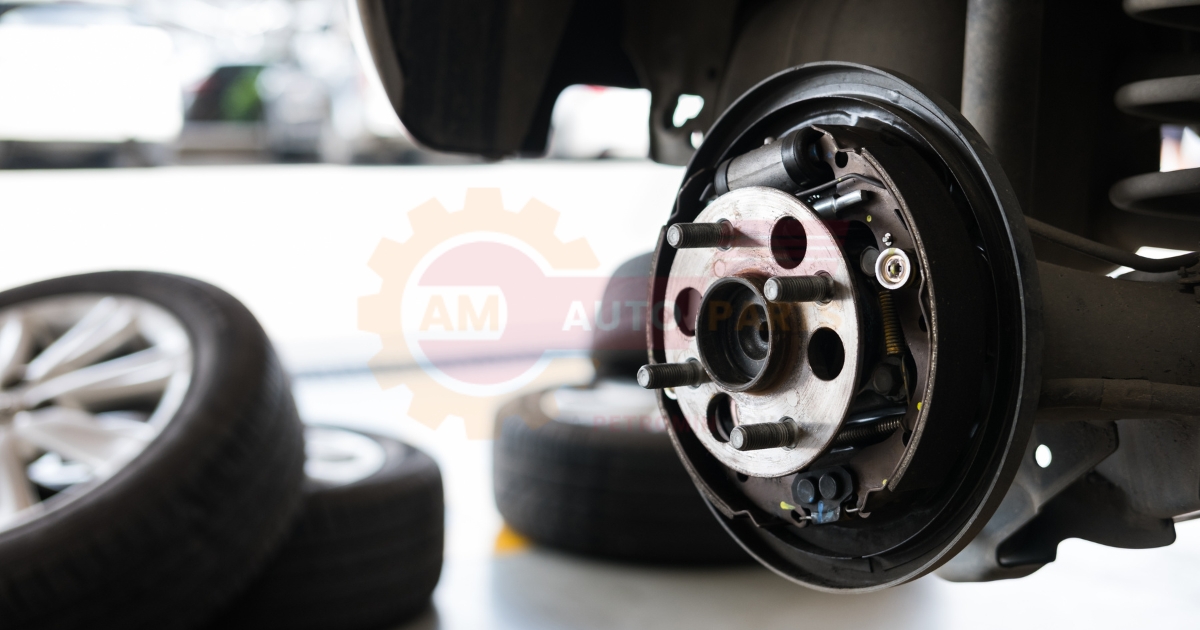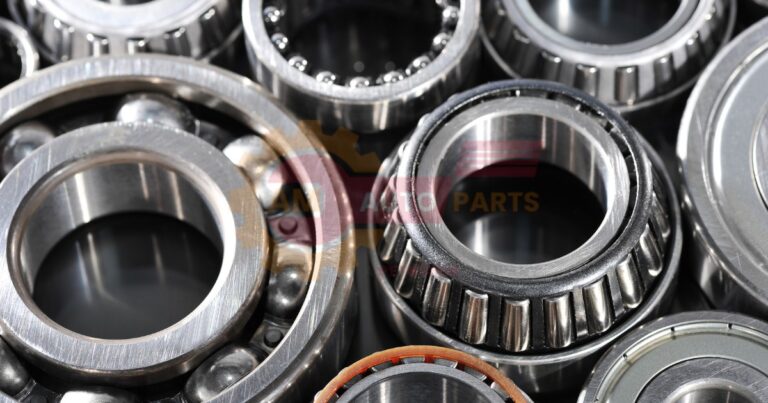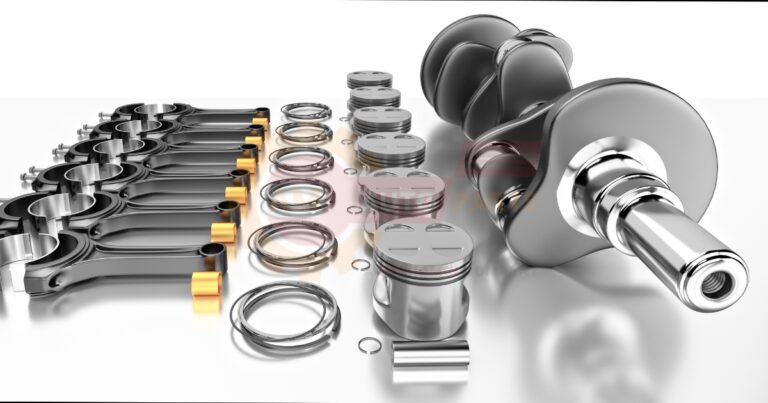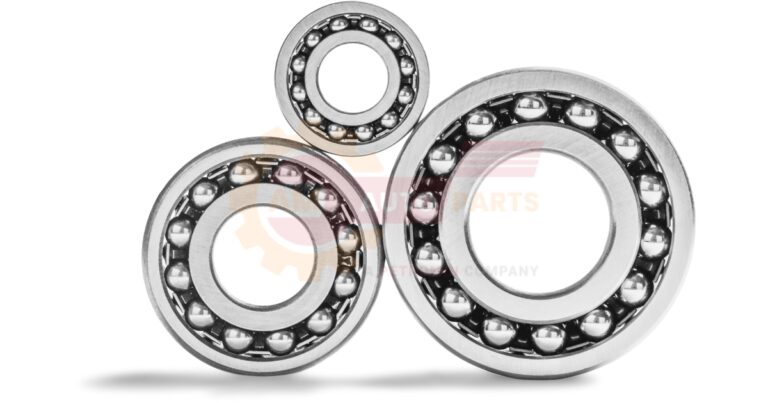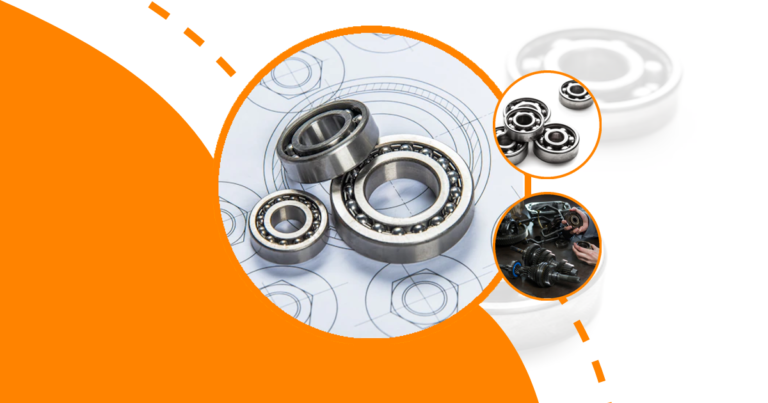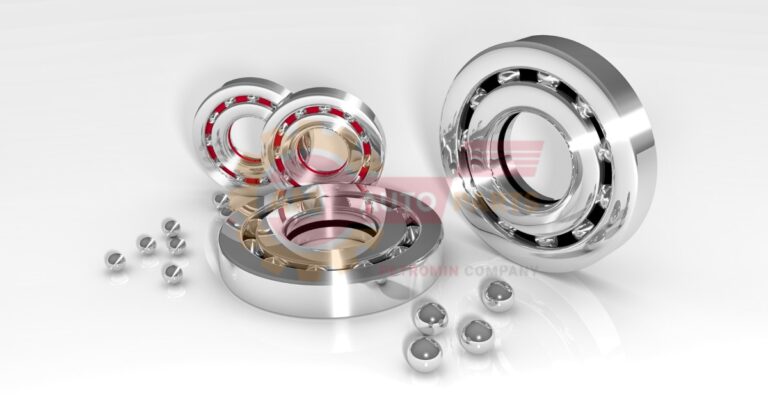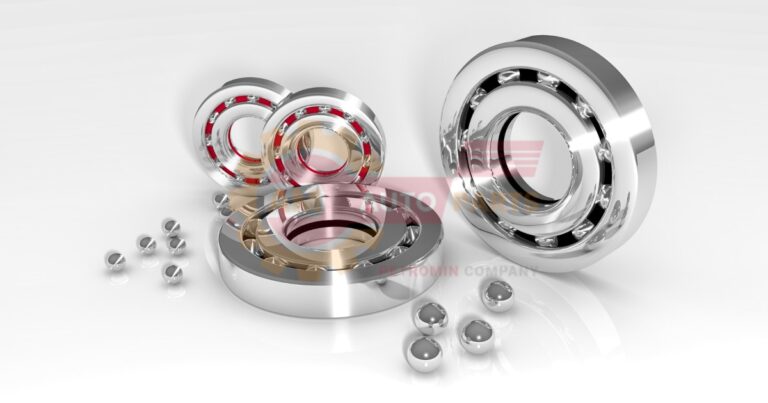Wheel bearings and hubs are crucial components in a vehicle’s wheel assembly. They ensure smooth rotation of the wheels, which directly impacts the vehicle’s performance. Without properly functioning wheel bearings and hubs, your vehicle’s handling, stability, and overall safety can be compromised.
The Anatomy of a Wheel Hub Assembly: Components and Functionality
A wheel hub assembly consists of several key components, including the wheel hub, bearings, and the wheel studs. The hub is the central part that connects the wheel to the axle, while the bearings allow for smooth rotation by reducing friction. The wheel studs are the threaded bolts that secure the wheel to the hub.
- Wheel Hub : Connects the wheel to the axle.
- Bearings : Reduce friction and allow smooth rotation.
- Wheel Studs : Secure the wheel to the hub.
Wheel Bearings and Hubs: Essential for Safe Driving
How Wheel Bearings and Hubs Impact Your Vehicle’s Handling and Safety
Wheel bearings and hubs play a vital role in your vehicle’s handling and safety. They ensure that the wheels rotate smoothly and maintain proper alignment. This, in turn, affects the vehicle’s steering, braking, and overall stability. Faulty wheel bearings and hubs can lead to poor handling, increased stopping distances, and even accidents.
The Importance of Regular Inspection and Maintenance of Wheel Bearings and Hubs
Regular inspection and maintenance of wheel bearings and hubs are essential to ensure their longevity and performance. Over time, these components can wear out due to constant use and exposure to harsh conditions. Regular checks can help identify issues early, preventing costly repairs and ensuring your vehicle remains safe to drive.
- Improved Handling : Ensures smooth and stable driving.
- Enhanced Safety : Reduces the risk of accidents.
- Cost Savings : Prevents expensive repairs by catching issues early.
Recognizing the Signs of Wheel Hub Assembly Failure
Common Symptoms of a Bad Wheel Hub Assembly
Recognizing the signs of a failing wheel hub assembly can help you address issues before they become severe. Common symptoms include unusual noises like grinding or humming, uneven tire wear, and vibrations in the steering wheel. If you notice any of these signs, it’s crucial to have your wheel hub assembly inspected immediately.
The Consequences of Ignoring Wheel Hub Assembly Issues
Ignoring issues with your wheel hub assembly can lead to severe consequences. A failing hub can cause the wheel to detach from the vehicle, leading to loss of control and potential accidents. Additionally, it can cause damage to other components, resulting in more extensive and costly repairs.
- Unusual Noises : Grinding or humming sounds.
- Uneven Tire Wear : Indicates misalignment.
- Steering Vibrations : Sign of a failing hub.
The Evolution of Wheel Bearings and Hubs 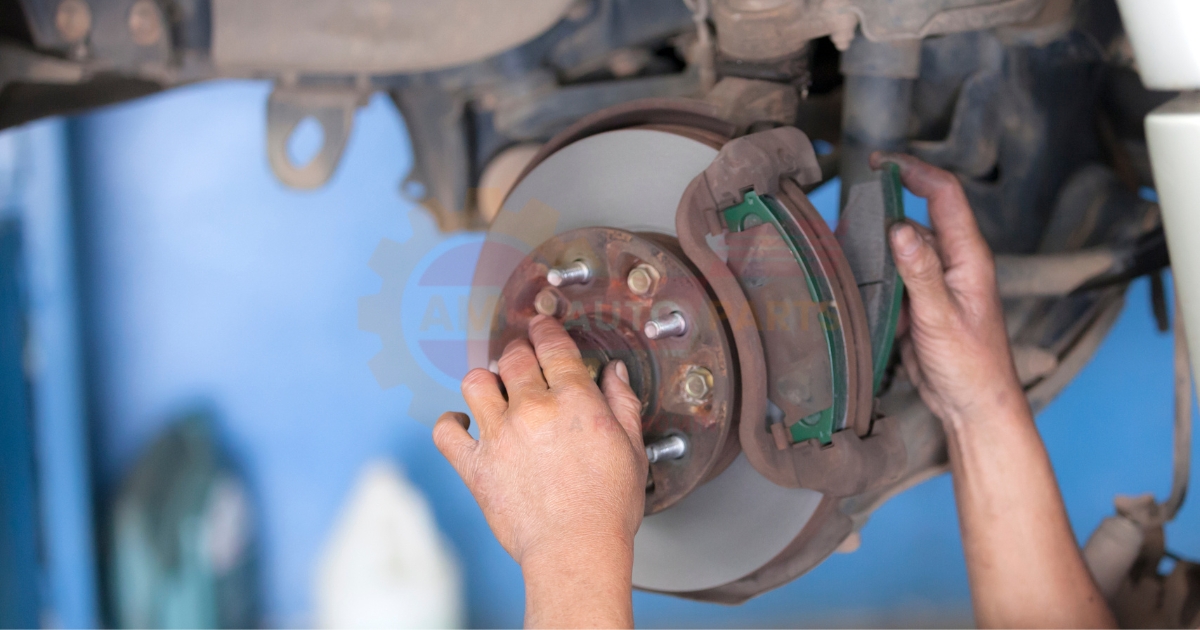
A Brief History: From First Generation to Modern Hub Bearings
The evolution of wheel bearings and hubs has seen significant advancements over the years. The first-generation wheel bearings were simple ball bearings, while modern hub bearings are more complex and integrated. These advancements have led to improved performance, durability, and ease of maintenance.
Advancements in Wheel Bearings and Hubs Technology
Modern wheel bearings and hubs incorporate advanced materials and engineering techniques. These innovations have resulted in components that are more durable, efficient, and capable of handling higher loads. Additionally, modern hub assemblies often include sensors for ABS and traction control systems, enhancing vehicle safety and performance.
- First-Generation Bearings : Simple ball bearings.
- Modern Hub Bearings : Integrated and advanced.
- Advanced Materials : Improved durability and performance.
Choosing the Right Wheel Bearings and Hubs
Factors to Consider When Selecting Wheel Bearings and Hubs
Choosing the right wheel bearings and hubs for your vehicle involves considering several factors. These include the make and model of your vehicle, the type of driving you do, and your budget. It’s essential to select components that are compatible with your vehicle and meet your performance needs.
The Benefits of Premium Hub Bearings for Your Vehicle
Investing in premium hub bearings can offer several benefits. These high-quality components are designed to provide superior performance, durability, and reliability. They can enhance your vehicle’s handling, reduce maintenance costs, and ensure a safer driving experience.
- Vehicle Compatibility : Ensure the right fit for your vehicle.
- Driving Conditions : Consider the type of driving you do.
- Budget : Balance cost with quality and performance.
Installation and Maintenance Tips for Wheel Bearings and Hubs
Step-by-Step Guide to Installing Wheel Bearings and Hubs
Installing wheel bearings and hubs requires precision and the right tools. Here’s a step-by-step guide to help you through the process:
- Lift the Vehicle : Use a jack to lift the vehicle and secure it with jack stands.
- Remove the Wheel : Take off the wheel to access the hub assembly.
- Detach the Brake Caliper : Remove the brake caliper and rotor.
- Remove the Old Hub Assembly : Unbolt and remove the old hub assembly.
- Install the New Hub Assembly : Place the new hub assembly and secure it with bolts.
- Reassemble the Components : Reattach the brake caliper, rotor, and wheel.
Best Practices for the Longevity of Your Wheel Bearings and Hubs
To ensure the longevity of your wheel bearings and hubs, follow these best practices:
- Regular Inspections : Check for signs of wear and tear.
- Proper Lubrication : Ensure bearings are well-lubricated.
- Avoid Overloading : Do not exceed the vehicle’s load capacity.
- Lift the Vehicle : Use a jack and jack stands.
- Remove the Wheel : Access the hub assembly.
- Detach the Brake Caliper : Remove the caliper and rotor.
- Remove the Old Hub Assembly : Unbolt and remove.
- Install the New Hub Assembly : Secure with bolts.
- Reassemble the Components : Reattach the caliper, rotor, and wheel.
Troubleshooting Wheel Bearings and Hubs Issues
Diagnosing Common Problems with Wheel Bearings and Hubs
Diagnosing issues with wheel bearings and hubs involves listening for unusual noises, checking for vibrations, and inspecting for uneven tire wear. If you notice any of these symptoms, it’s essential to address them promptly to prevent further damage.
When to Seek Professional Help for Wheel Bearings and Hubs Repairs
While some wheel bearing and hub issues can be addressed with DIY repairs, others require professional assistance. If you’re unsure about the severity of the problem or lack the necessary tools and expertise, it’s best to seek help from a qualified mechanic.
- Unusual Noises : Grinding or humming sounds.
- Steering Vibrations : Indicates a problem.
- Uneven Tire Wear : Sign of misalignment.
Ensuring Your Safety with Quality Wheel Bearings and Hubs from AM Autoparts 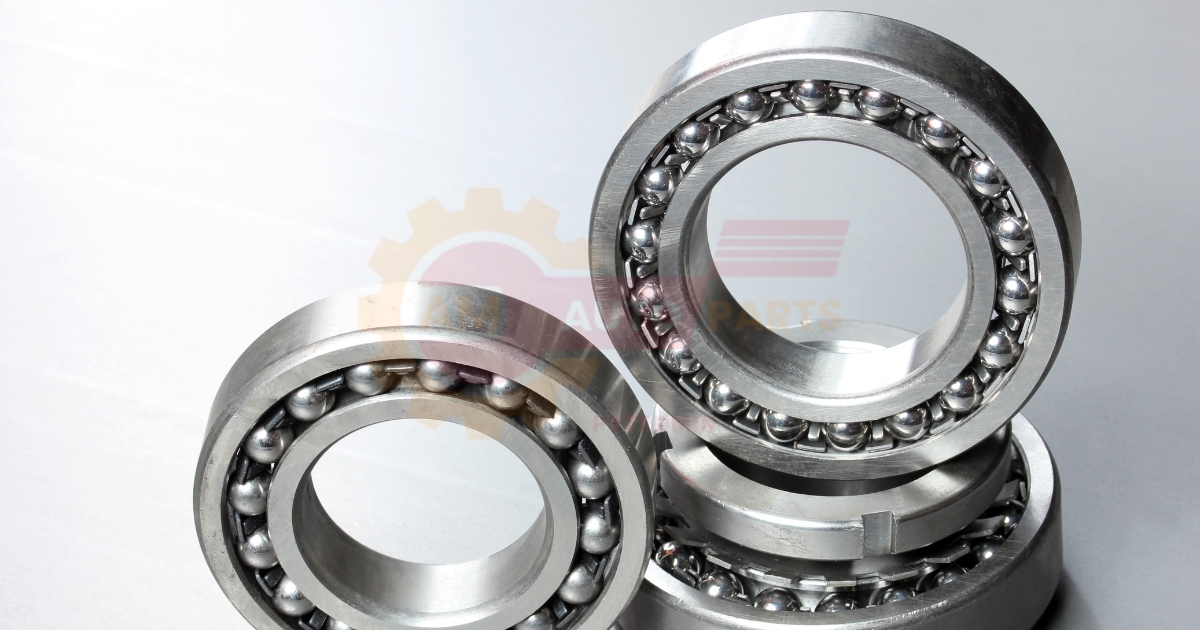
Ensuring your vehicle’s safety and performance starts with quality wheel bearings and hubs. AM Autoparts offers a wide range of premium components designed to meet your vehicle’s needs. Contact AM Autoparts today for reliable and high-quality wheel bearings and hubs.
FAQs on Wheel Bearings and Hubs
What is the Lifespan of Wheel Bearings and Hubs?
The lifespan of wheel bearings and hubs varies depending on the vehicle and driving conditions. On average, they can last between 85,000 to 100,000 miles. Regular maintenance and inspections can help extend their lifespan.
Can I Replace Wheel Bearings and Hubs Myself?
Yes, you can replace wheel bearings and hubs yourself if you have the right tools and knowledge. However, it’s a complex task that requires precision. If you’re not confident in your abilities, it’s best to seek professional help.
How Often Should I Inspect My Wheel Bearings and Hubs?
It’s recommended to inspect your wheel bearings and hubs every 30,000 miles or during regular maintenance checks. Early detection of issues can prevent costly repairs and ensure your vehicle remains safe to drive.
